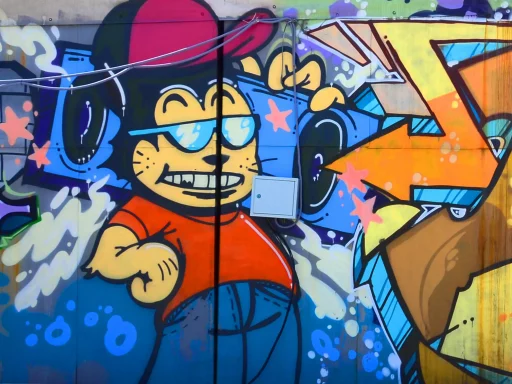Introduction to Coyote Slang
The term “coyote” has gained different meanings in the modern world, particularly in slang contexts. It can represent a person involved in illegal immigration, specifically someone who smuggles individuals across borders. This article will explore the origins of this slang term, its cultural implications, and how it is perceived in society.
The Origins of the Term
The use of the word “coyote” in immigration terms dates back to the 1970s, primarily in the United States and Latin American contexts. Coyotes, in this sense, are individuals who exploit desperate migrants by charging them to guide or smuggle them across international borders, particularly the U.S.-Mexico divide.
Cultural Context
Coyotes play a controversial role in the immigration narrative. While they offer a service to those seeking better opportunities, they are often implicated in human rights abuses and exploitation. The term “coyote” has evolved from just an animal reference into a symbol of the dangerous and often morally ambiguous world of human smuggling.
Uses of the Term in Pop Culture
- Television and Movies: Films and shows often portray coyotes as dangerous figures who navigate the underworld of immigration. Examples include the 2015 film “Sin Nombre” and the series “The Bridge.”
- Social Media: The term has been used on platforms like Twitter and Instagram to comment on immigration policies, often incorporating humor or satire.
- Music: Various songs address the issue of immigration and coyotes. For instance, songs by artists like Los Tigres del Norte often narrate the experiences of migrants and the dangers involved.
Statistics and Case Studies
According to the U.S. Customs and Border Protection, there were over 1.7 million migrant encounters at the U.S. southern border in 2021, with many relying on coyotes. The following statistics shed light on the role of coyotes in immigration:
- About 61% of migrants who crossed the border from Mexico reported using a coyote.
- The fee for a coyote can range from $2,000 to $10,000, based on various factors such as the route and level of danger.
- Many coyotes operate outside the law, often leading to instances of abuse, abandonment, and human trafficking.
One case study worth mentioning is that of a young woman from Honduras who paid a coyote to help her reach the United States. She faced numerous challenges, including dangerous environments, robbery, and the constant fear of betrayal. Her story exemplifies the risk associated with hiring a coyote and highlights the larger humanitarian crisis at the U.S.-Mexico border.
Legal and Ethical Implications
The involvement of coyotes in human smuggling raises numerous questions on legal and ethical fronts. Countries struggling with border control often find themselves in a moral dilemma—how to manage the influx of migrants while ensuring humane treatment.
In the United States, legislative measures have fluctuated over the years. Policies like “zero tolerance” have led to increased criminalization of those who assist migrants, including coyotes. However, this has not eliminated the demand for coyotes, as desperation drives many to seek out these services regardless of the risks involved.
Conclusion
The term “coyote” in slang represents a complex and multifaceted issue surrounding immigration. While it symbolizes the various challenges faced by migrants, it also brings attention to the ethical implications of human smuggling practices. Understanding the cultural significance of this term is crucial as discussions surrounding immigration reform continue, advocating for humane practices and policies that respect the dignity of all individuals.






